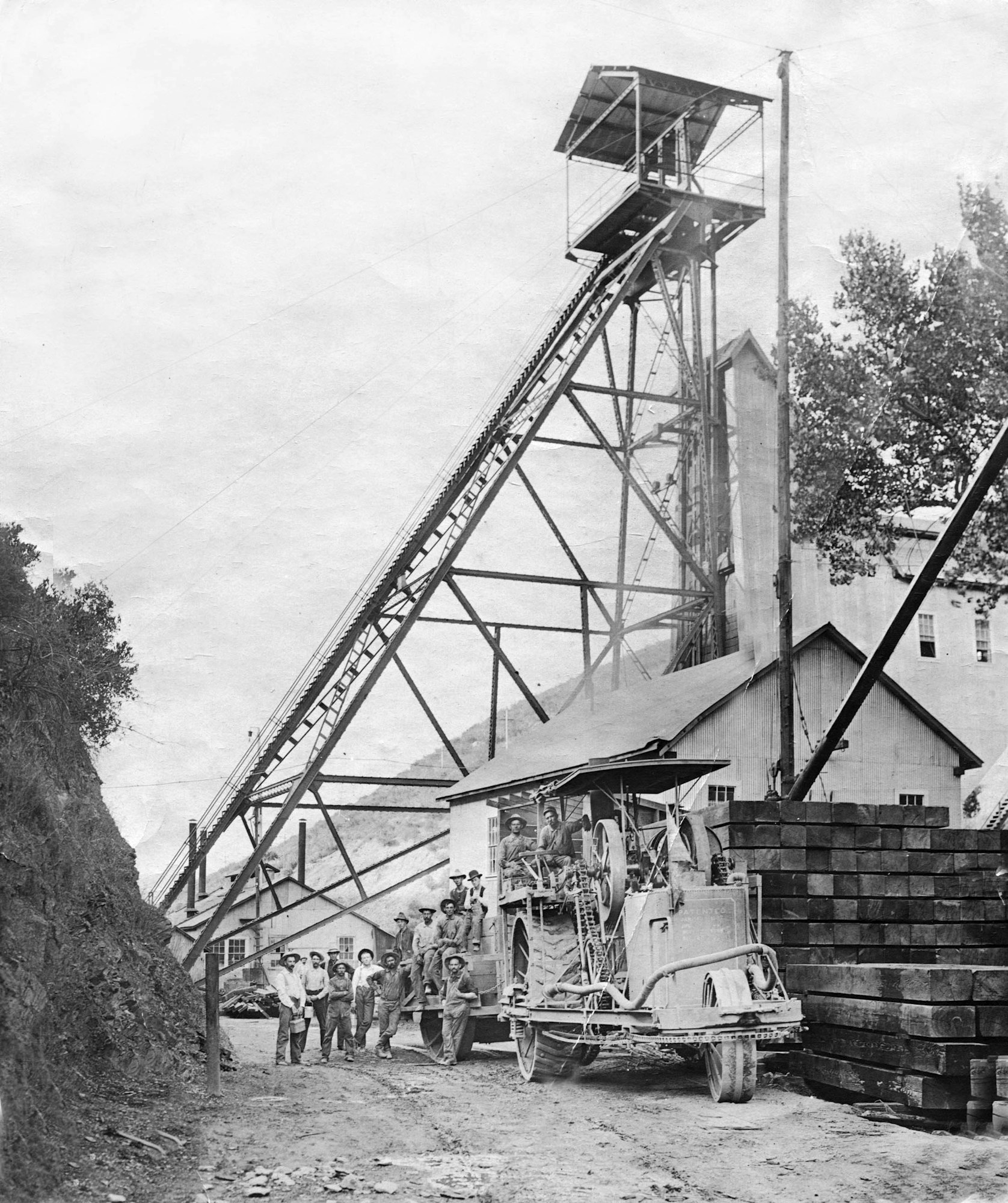Calaveras Gold

In Calaveras for the past 150 years, mining has been the most dynamic of the external forces affecting the lives of individuals and families. It is one of the counties within what was called in early days the “Southern Mines,” a region that began at the Mokelumne River on the Amador-Calaveras boundary and included the counties of Tuolumne and Mariposa as well as the lower valley counties from San Joaquin to Kern. With an estimated gold production of more than twenty-five million ounces, the Southern Mines rank second in total California gold production, well below the seventy-five million ounces attributed to the “Northern Mines” along a 120-mile stretch of the Sierra foothills between the Mokelumne and Feather Rivers. The Southern Mines include a large part of the Mother Lode, a celebrated zone stretching from Georgetown in El Dorado County to Mariposa 120 miles south.(4) While the Mother Lode perhaps is better known in song and story than any other mineralized region in the world, production figures show it to be less significant economically than those districts extending into the northern Sierra Nevada. Calaveras ties with Butte and Sierra Counties for fourth place in recorded gold production, with about nine million ounces recovered between 1848 and 1965. It is therefore a major California producer, but less than its neighbors Tuolumne to the south and Amador to the north, and far behind the state’s number-one gold county, Nevada, with twenty-two million ounces.(5)
Ronald H. Limbaugh and Willard P. Fuller Jr., Calaveras Gold, Univeristy of Nevada Press, 2002, p. 4-5
Footnotes
4. Some early accounts described the “Mother Vein” as stretching all the way from Mariposa to Grass Valley, thus helping inflate the image of Mother Lode wealth. See Calaveras County Illustrated and Described, Showing Its Advantages for Homes (1885:Fresno: Valley Publishers, 1976), 24.
5. The lack of accurate statistics makes it impossible to determine precisely how much of Calaveras County’s gold production came form lode mining as opposed to placer. Rough estimates indicate that about half the county’s total production, or about 4.5 million ounces since 1848, came from hardrock mines. The bulk of the county’s post-Gold Rush production was of lode origin, and since 1896 only one-fifth of the gold recovered has been placer. This overall county ratio of lode-to-placer roughly matches the state figures. Today it is estimated that about 60 percent of the 113 million ounces of gold produced in California to date has come from lode deposits. P. Joralemon, “California’s Foothill Gold Belt,” Mining Engineering 39 (July 1987):489.
